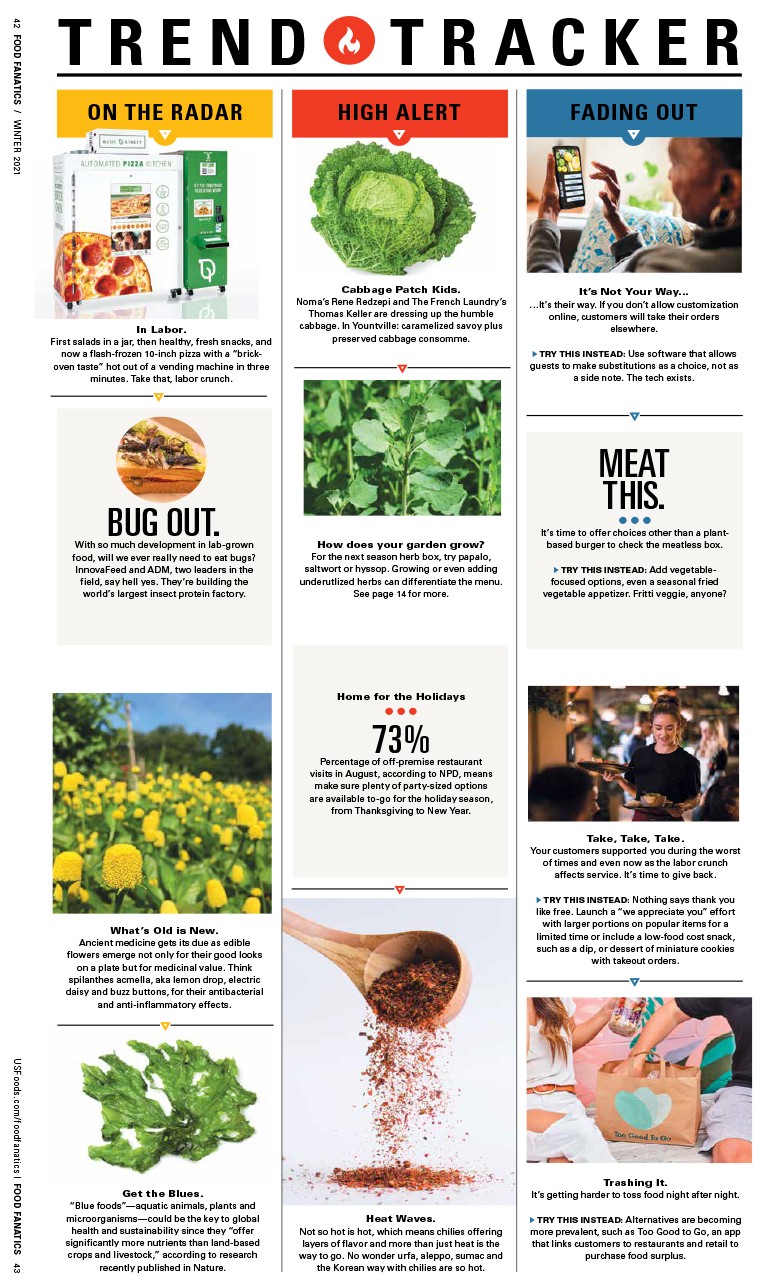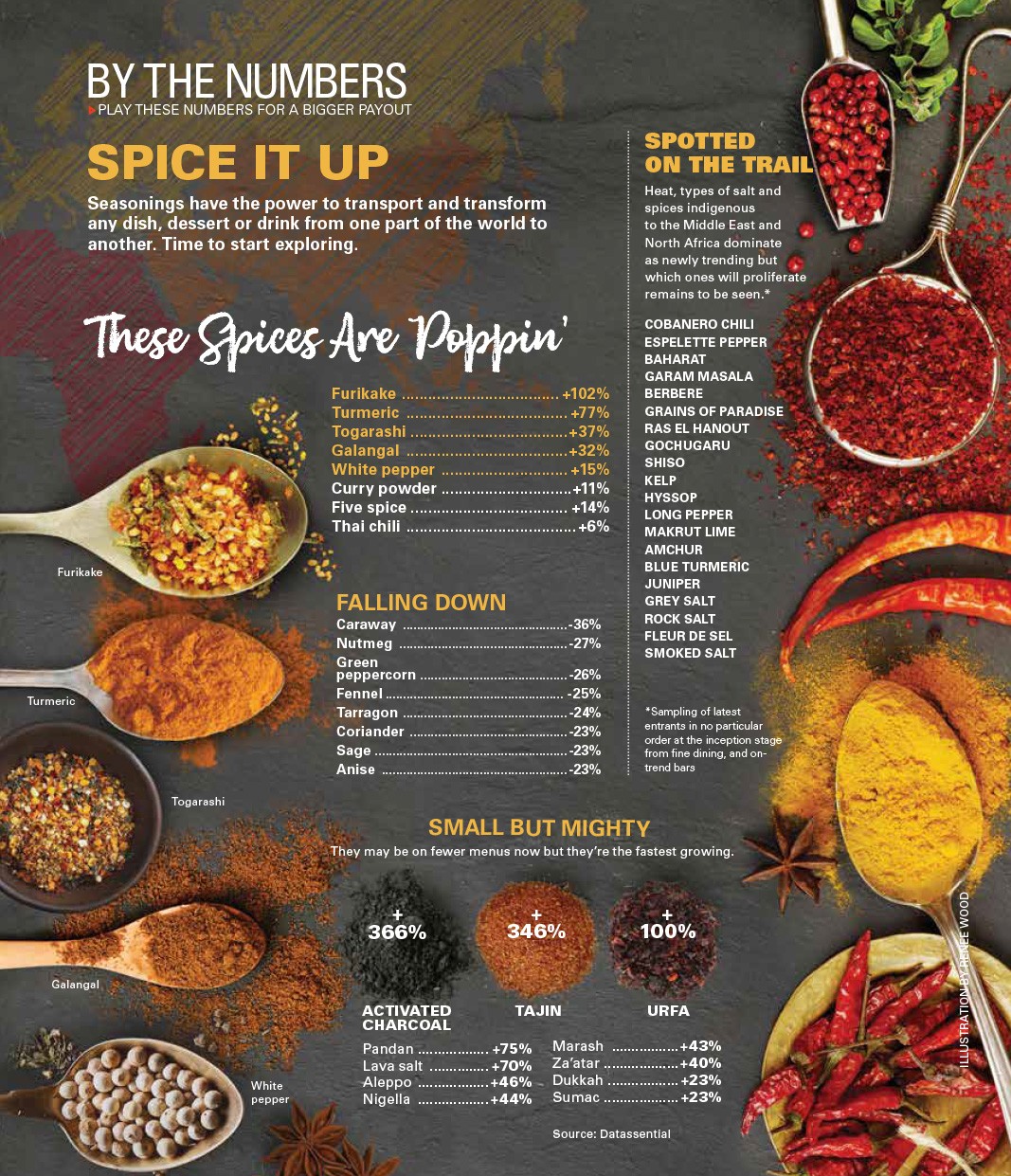BRANDED MERCHANDISE CAN HELP YOUR RESTAURANT BECOME MORE PROFITABLE
Restaurants are figuring out what concert and theater promoters have known for a long time: Themed merchandise is as much about marketing as profitability.
Operators are moving beyond the requisite T-shirt, generating revenue from all types of branded gear, while turning customers into walking brand promoters. Diners now can buy knit ski caps from Philadelphia’s Federal Donuts, bandanas from Mighty Quinn’s Barbecue in New York and Asia, and candles and apothecary sets from Dimes in New York City.
But before you slap your logo onto a cap, think strategically. Success lies in coupling creative merchandise with smart brand positioning.
Put it all on the table
Kiira Mancasola of San Francisco-based design firm Puccini Group has helped with branding efforts for everyone from the Four Seasons and Aviara to the Waldorf Astoria Chicago. To maximize authenticity, she says guests should use items during the meal that they can purchase, such as oyster shuckers or salt-and-pepper sets.
“These elements bring your story together,” Mancasola says. “The branding within the restaurant supports theatrical elements – such as the uniforms, cuisine, menu design and service style. The full concept has more power than the sum of its parts.”
Wear what you sell
In Orlando, Florida, the wait staff at Pizza Bruno dons limited edition T-shirts designed by local artists.
Predicting sizes that people will want can be challenging, especially with limited run items. The popular shirts, however, tend to sell briskly, which allows Zacchini to give away odd sizes at special events as free promotional offers.
Offer something unique
Make the merchandise fit your brand. Breakfast Republic in San Diego, California, is known for its quirky decor, including egg-shaped seats and whisk-styled light fixtures, which is why curiosities like bacon socks stamped with “I ❤ BACON” and #BREAKFASTREPUBLIC are a huge hit.
“It has (also) helped us tremendously on social media,” says owner Johan Engman, whose coffee cups regularly make cameos in Instagram posts.
Let them order from home
Hospitality group CH Projects sells irreverent merchandise with hand-drawn graphics for its 11 San Diego-based concepts through an online store. Oyster-centric seafood destination Ironside Fish & Oyster and Polite Provisions each have their own cheeky stickers and T-shirts, along with ceramic tiki mugs, coloring books and skateboard decks.
“We try to speak to the brand without having to be blatantly promotional,” co-founder Arsalun Tafazoli says. “It’s a worthwhile opportunity to be creative with the brands and carry out their stories in unique ways.”
Take-home F&B
There’s no better restaurant branding exercise than giving diners a taste of your concept that they can store in their own pantries. Whether it’s a housemade hot sauce, secret hot cocoa or Bloody Mary mix, these items keep memories of past dinners alive. San Francisco’s Presidio Social Club sells made-to-order bottled cocktails for guests to take home, including a barrel-aged Negroni, cosmopolitan, boulevardier and Old Fashioned. The restaurant also offers branded T-shirts, pint glasses and sunglasses, but it’s the take-home cocktails that guests get most excited about.
Ways & Means Oyster House in Huntington Beach, California, offers a collection of private-label items on its menus, including best-sellers like oysters, wine, rum and beer.
“We had a huge fear that they would be perceived as house items and therefore less desirable,” says owner Dena Mathe. Carefully choosing high-quality local artisan partners, like Santa Monica Brewing Co. and Papa’s Pilar Rum, have proven that’s not the case.
Let them steal
Sometimes the most marketable items are the ones customers steal. A stolen curio can be a priceless conversation-starter— provided they are inexpensive to replace.
The “hardcover book” check-presenters at The Big Four in San Francisco were pricey to replace. “But it was an indication we were on the right track,” Mancasola says. The Puccini Group took the idea to a San Francisco concept, Tratto, and created inexpensive branded notebooks for people to draw in or write a note in when the check is dropped. “We were thrilled to see how quickly these books filled up. And if one goes missing, it’s inexpensive to replace.”



